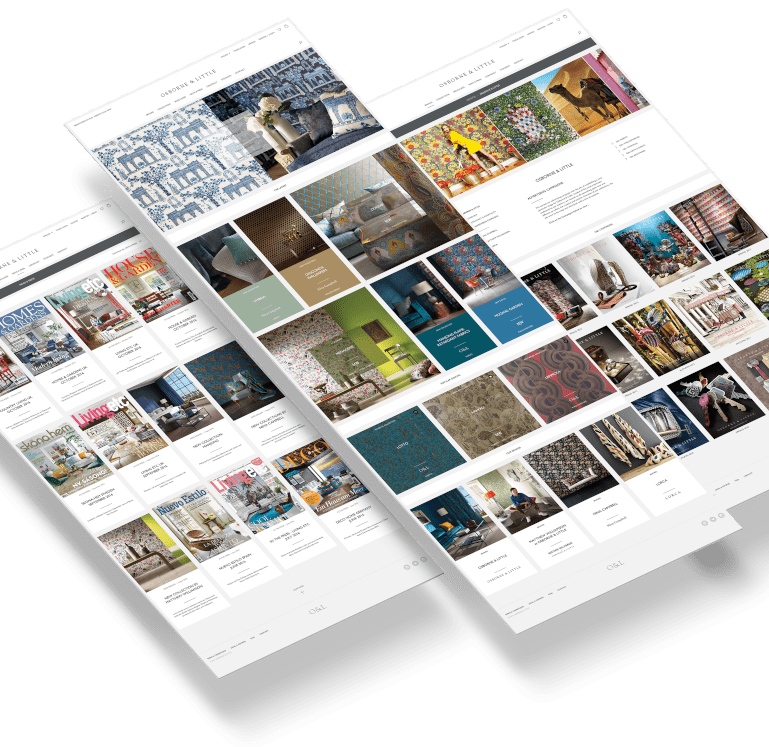
Do you want to secure rankings in search engines? Then you will need to pay special attention to quality content because quality content is one of the biggest ranking factors.
How quality content can improve your SEO:
You can ensure a positive user experience
Search Engine Optimisation (SEO) entails a wide range of tactics, including creating backlinks, publishing high-quality blog posts, and implementing relevant keywords. In addition, it also entails creating a user-friendly website, optimizing robots.txt files, and generating decent meta tags are all part of the process.
You will get the most out of keywords
By having high quality, well-written, planned out content you can benefit from the target keywords you have chosen as your chances for ranking for these keywords will increase. Once ranking for the targeted keywords, your website’s visibility will increase and you will be able to reach out to a whole new audience that previously might not have been aware of your brand.
You can attract quality backlinks
Acquiring backlinks from high-authority websites is one of the most effective SEO methods to improve your organic performance. High-quality backlinks are an indicator of authority and trustworthiness for search engines. The more backlinks your website has, the better your chances are of ranking on Google.
In essence, SEO and content marketing are not mutually exclusive. In order to increase your search engine results, marketers must understand the importance of both SEO and content and how they work together.
What are the best practices for producing high-quality content?
Now that you know why quality content is important. Let’s take a look at how to improve your content.
Quality starts with the meta description
The first words beneath the page title on the search engine results page (SERPs) are known as “meta descriptions” (SERP). In order to give the reader an idea of what they may expect to see if they click on your page, you should provide a short description of the material. It’s important to pay greater attention to meta descriptions in the future because of their value.
You only have 148 characters to appeal to your desired audience in the Search Engine Results Page (SERPs). To be able to do this, make sure to include one or two of your target keywords in the description to match the user’s search intent.
Inform your audience of what’s coming up next.
What happens after the last page of a book leaves you feeling nostalgic and wondering what’s going to happen next. The same is true for the people who read your blog. In this case, you have the ability to provide them with a follow-up activity.
The end of any article or blog post should include a call to action that aligns with your goals. If you want the readers to click on a link to another article, sign up for your newsletter, or even buy anything, including a few convincing phrases to encourage people to take action after reading your content.
Make your writing come to life using visual aids.
Make your tale more readable and memorable by using photographs and visuals. The use of visuals enhances any written material since they aid in illustrating a point, engage the reader, and alleviate the burden of reading long passages of text. Furthermore, by adding ALT tags that describe the picture using an ideal quantity of keywords, you may leverage photos to increase your SEO rankings.
Add internal links to your content.
Subtopics inside a larger subject might help you develop additional internal links on your website. Using this technique, you can keep visitors interested in your website and encourage them to visit multiple pages on your website, providing them with additional information to understand the topic fully. This also helps search engines crawl and understand the structure of your website. Building internal links is a win-win scenario since it helps your SEO while also benefiting your users’ experience.
Structure your narrative using headers.
Readers want a good experience when they consume your material. They look for high-quality that is supported by research in an interesting and thought-provoking manner.
To make long content pieces more easily digestible, it’s important to use enticing but informative headers that will help users understand the gist of your content if they are scanning through it. Headings that compel readers to follow a narrative to its logical conclusion help them feel accomplished and empowered as they leave the page. In other words, make sure your headers help guide the reader to the end of your tale and utilize keywords not just to optimize for SEO but also to match the user’s intent and to answer the question or problem that they had when they found your content.
Grab the attention of your readers
It is imperative that your title grabs the reader’s attention at the start. The heading should entice a reader to click through and find out more information. As a result, be sure you utilize powerful words, but don’t overdo it. To obtain an advantage over the competition, start your title with a term that has a high search volume.
It is critical that your title accurately reflects the content of your blog post or page. Your viewers will lose interest if you don’t live up to their expectations, and you’ll lose credibility points as well.
Be unique
Since it’s unlikely that you’ll be the first to write on a certain issue, have a look at what others have said and figure out how you can improve on what they’ve said. It is your time to shine and show your expertise when you write about topics that you have a lot of knowledge about.
Try to dive deeper into the topic than any one of your competitors has; utilize as much relevant material to support the story of your piece, and use language to elicit strong feelings in the reader by using appealing visual elements.
Cater for people’s interest
To ensure that your readers are actually interested in the topic you are writing about, it’s a good idea to first do keyword research. This will help you understand the types of queries people have surrounding your topic.
Your first paragraph of your content should include your main keyword. Using social research tools and a Google search, find out how popular the issue is and what other postings have addressed it.
It is important to not only produce content for your SEO rankings but also so that you are providing value to your clients and users.
Follow these steps and you will end up with getting the maximum returns that high-quality content can offer.




More Stories
Grow Any Business : Email Marketing Services | 2024
Mobile SEO Guide: Ways to Improve Mobile Ranking
How Digital Marketing Actually Works